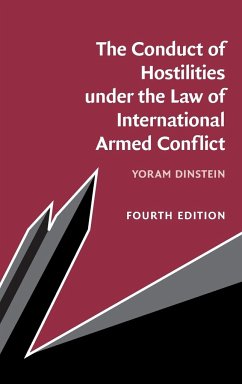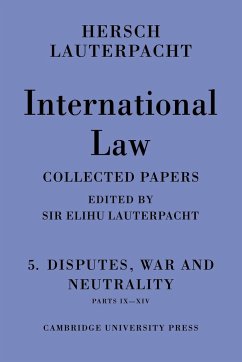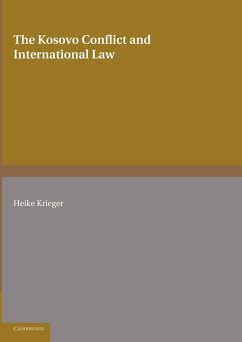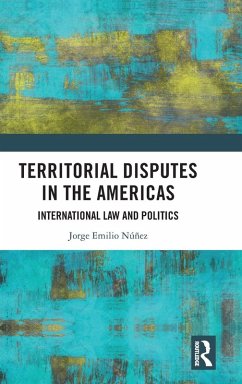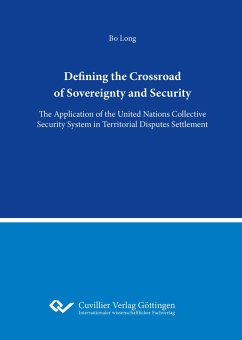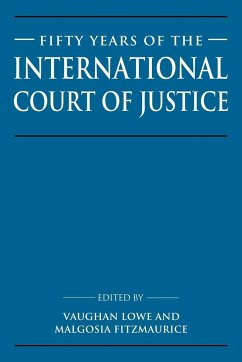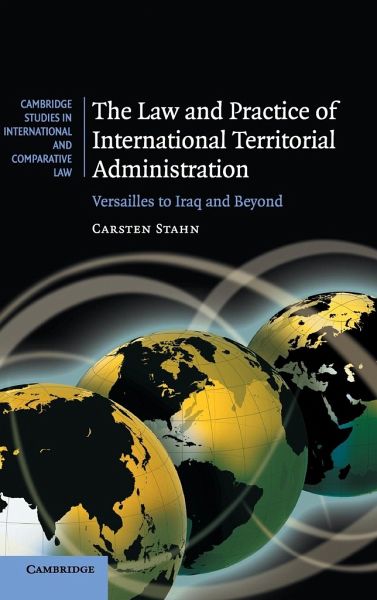
The Law and Practice of International Territorial Administration

PAYBACK Punkte
100 °P sammeln!
International actors have played an active role in the administration of territories over the past two centuries. This book analyses the genesis and law and practice of international territorial administration, covering all experiments from the Treaty of Versailles to contemporary engagements such as the conflict in Iraq. The book discusses the background, legal framework and practice of international territorial administration, including its relationship to related paradigms (internationalisation, mandate administration, trusteeship administration and occupation). This is complemented by a di...
International actors have played an active role in the administration of territories over the past two centuries. This book analyses the genesis and law and practice of international territorial administration, covering all experiments from the Treaty of Versailles to contemporary engagements such as the conflict in Iraq. The book discusses the background, legal framework and practice of international territorial administration, including its relationship to related paradigms (internationalisation, mandate administration, trusteeship administration and occupation). This is complemented by a discussion of four common legal issues which arise in the context of this activity: the status of the territory under administration, the status and accountability of administering authorities, the exercise of regulatory powers by international administrations, and the relationship between international and domestic actors. Alongside surveys of the existing approaches and conceptual choices, the book also includes relevant case-law and practice and lessons learned for future engagements.






